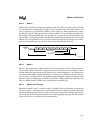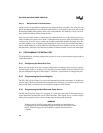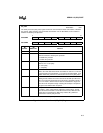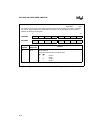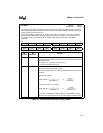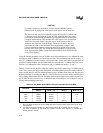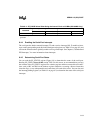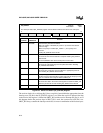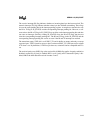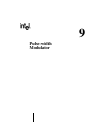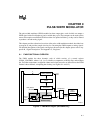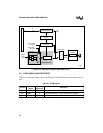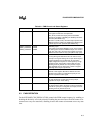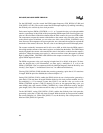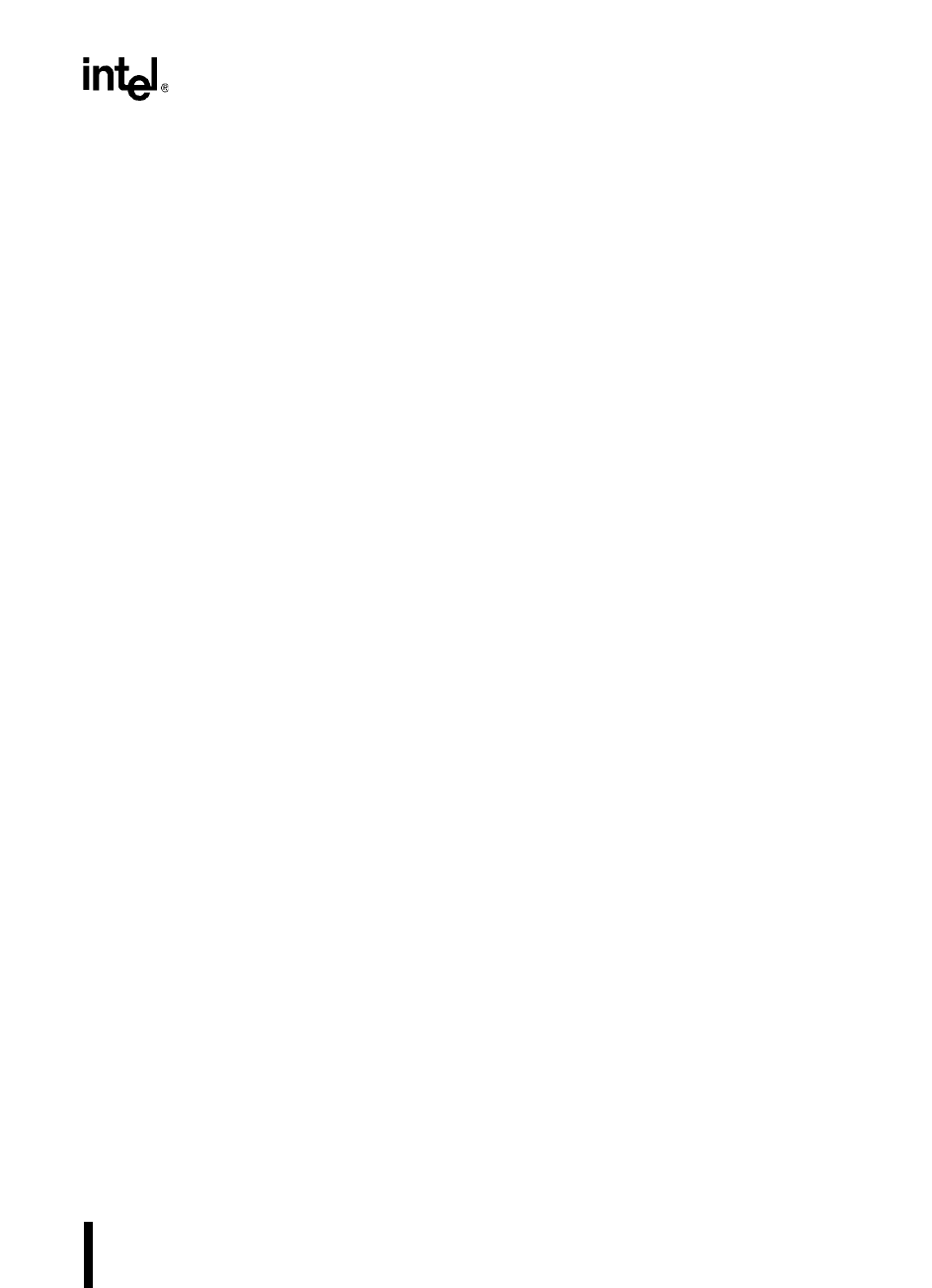
8-15
SERIAL I/O (SIO) PORT
The receive interrupt (RI) flag indicates whether an incoming data byte has been received. The
transmit interrupt (TI) flag indicates whether a data byte has finished transmitting. These flags
also set the corresponding bits in the interrupt pending register. A reception or transmission sets
the RI or TI flag in SP_STATUS and the corresponding interrupt pending bit. However, a soft-
ware write to the RI or TI flag in SP_STATUS has no effect on the interrupt pending bits and does
not cause an interrupt. Similarly, reading SP_STATUS clears the RI and TI flags, but does not
clear the corresponding interrupt pending bits. The RI and TI flags in the SP_STATUS and the
corresponding interrupt pending bits can be set even if the RI and TI interrupts are masked.
The transmitter empty (TXE) bit is set if SBUF_TX and its buffer are empty and ready to accept
up to two bytes. TXE is cleared as soon as a byte is written to SBUF_TX. One byte may be written
if TI alone is set. By definition, if TXE has just been set, a transmission has completed and TI is
set.
The received parity error (RPE) flag or the received bit 8 (RB8) flag applies for parity enabled or
disabled, respectively. If parity is enabled, RPE is set if a parity error is detected. If parity is dis-
abled, RB8 is the ninth data bit received in modes 2 and 3.



